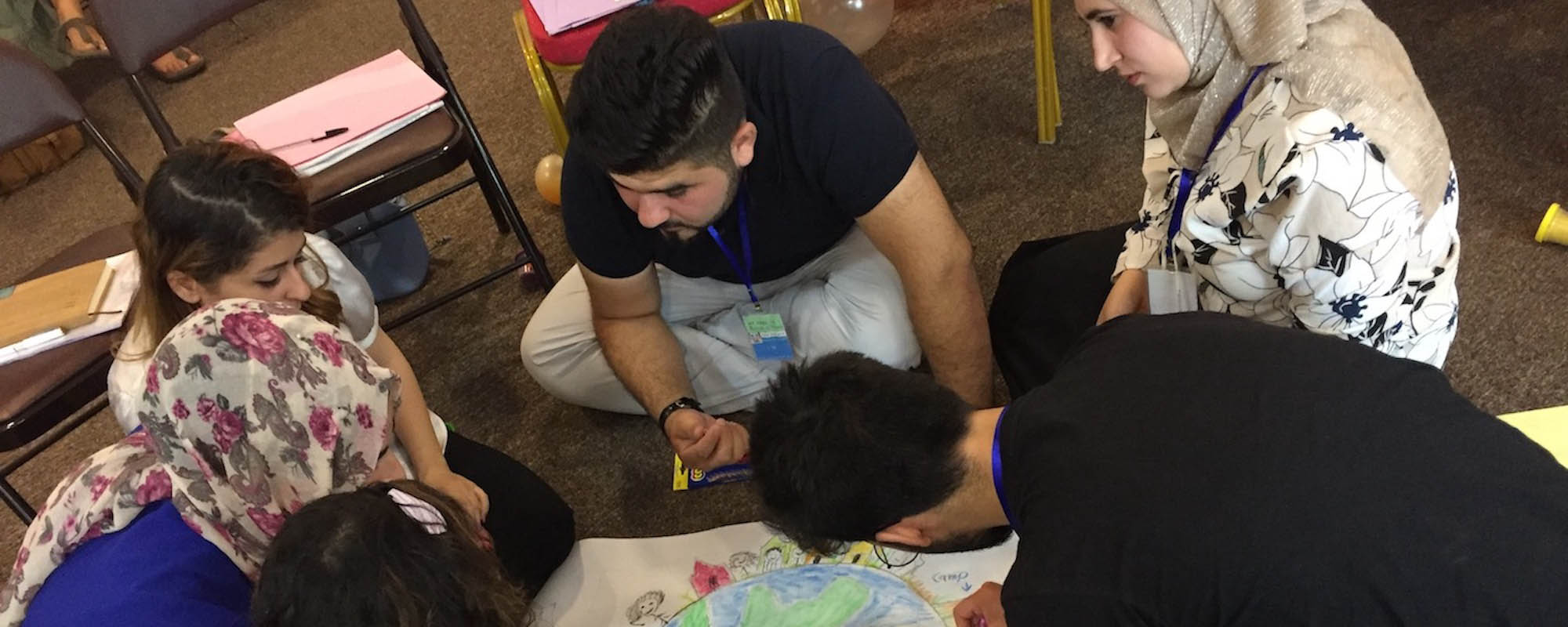
The 67th World Health Assembly adopts historic resolution "Strengthening the role of the health system in addressing violence, in particular against women and girls, and against children"
On 24 May 2014, the 67th World Health Assembly (WHA) adopted a historic resolution entitled "Strengthening the role of the health system in addressing violence, in particular against women and girls, and against children".
The resolution, which was co-sponsored by the Governments of Albania, Australia, Belgium, Canada, Croatia, Guatemala, India, Italy, Kenya, Latvia, Mexico, Moldova, Namibia, Netherlands, Norway, Paraguay, Portugal, Switzerland, Thailand, Turkey, Ukraine, United States, Uruguay and Zambia, is the result of passionate negotiation that ended in the early hours of the morning prior to the closure of the WHA. Among other tasks, the resolution calls on WHO to prepare its first ever global plan of action on strengthening the role of the health system in addressing interpersonal violence, in particular against women and girls, and against children, which WHO is invited to present through the Executive Board to the 69th WHA in 2016.
The new resolution notes that interpersonal violence, in particular against women and girls, and against children, persists in every country of the world as a major challenge to public health. It raises further concerns that violence has health-related consequences including death, disability and physical injuries, mental health impacts and sexual and reproductive health consequences, as well as social consequences. It recognizes that health systems are not adequately addressing the problem of violence, yet affirms the health system's role in preventing, responding, and advocating for interventions to combat the social acceptability and tolerance of interpersonal violence.
In addition to the global plan of action, WHO is requested to continue to strengthen efforts to develop the scientific evidence on magnitude, trends, health consequences, and risk and protective factors for violence; support Member States by providing technical assistance; and finalize its global status report in 2014. WHO should also report regularly on progress in implementing this resolution. Member States are urged to ensure that all people affected by violence have timely, effective and affordable access to health services; improve the collection and dissemination of data on violence; and enhance capacities to prevent and respond to violence. The resolution also urges Member States to ensure health sector engagement with other sectors, in order to promote and develop an effective, comprehensive, multisectoral response, by addressing violence in health and development plans; establishing and adequately financing national multisectoral strategies; and promoting inclusive participation of relevant stakeholders.
Across the world, each year, nearly 1.4 million people lose their lives to violence. For every person who dies as a result of violence, many more are injured and suffer from a range of health problems. One in three women experience violence by an intimate partner at least once in their life. Violence places a massive burden on national economies, costing countries billions of US dollars each year in health care, law enforcement and lost productivity. The resolution follows previous WHA resolutions from 1996 and 1997 recognizing violence as a public health problem, and a WHA resolution from 2003 urging Member States to implement the recommendations of the landmark World report on violence and health. This new resolution seeks to scale up work on this important public health problem.






